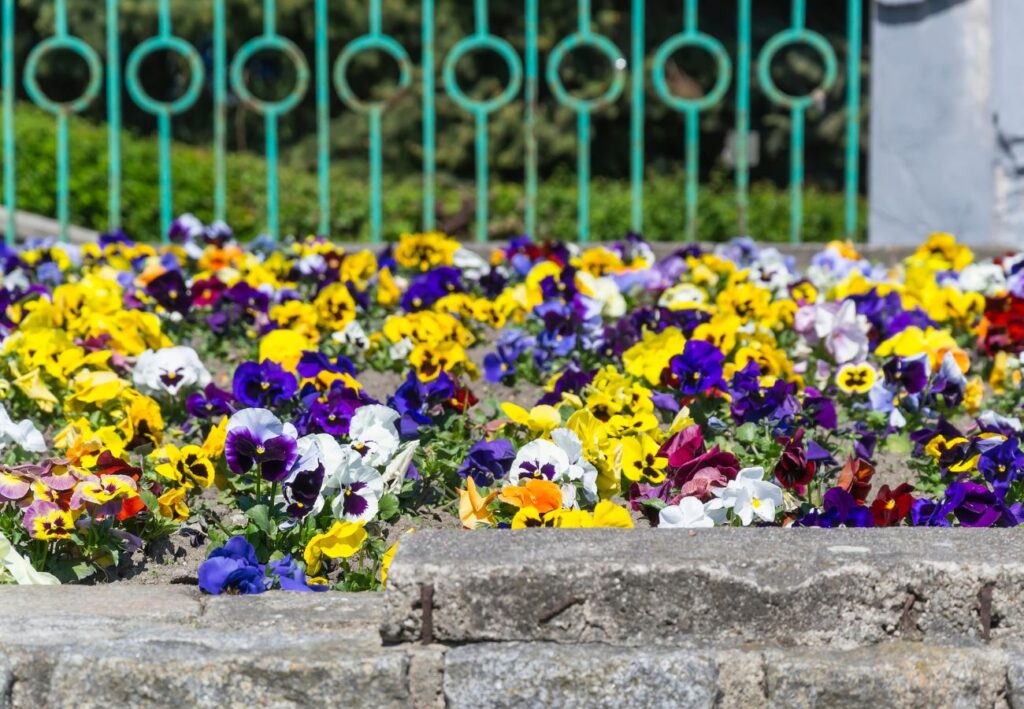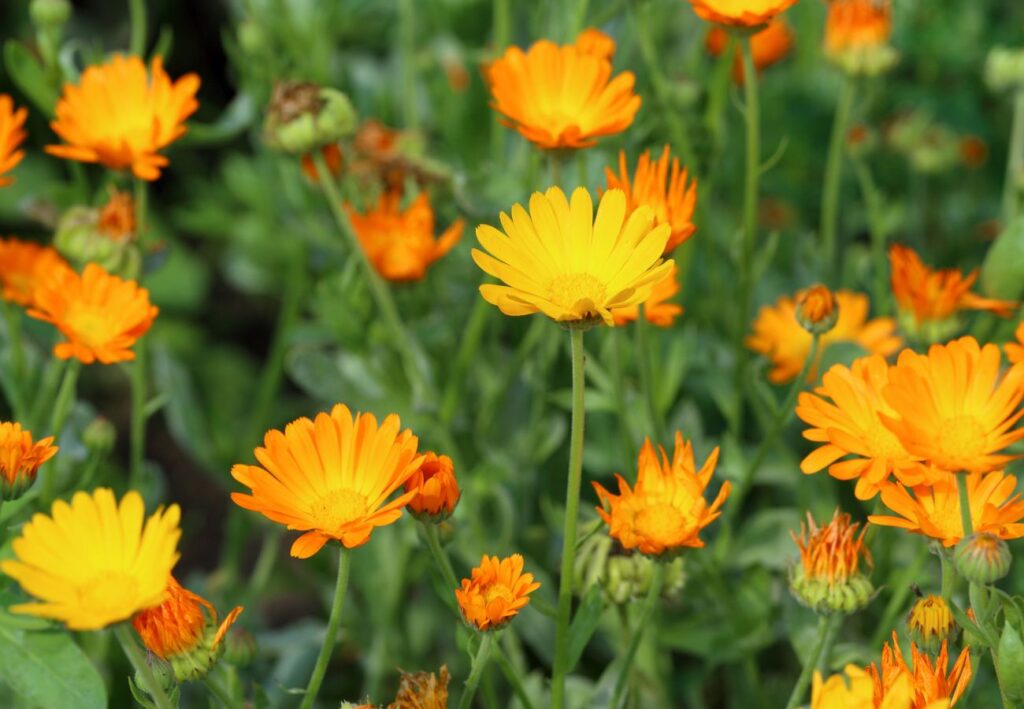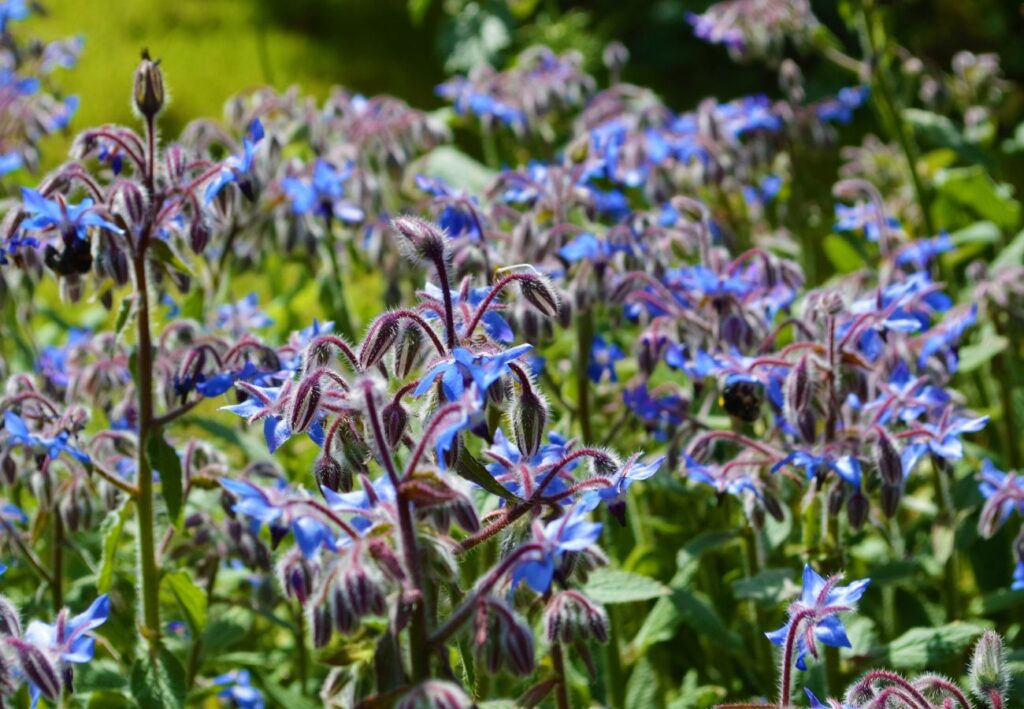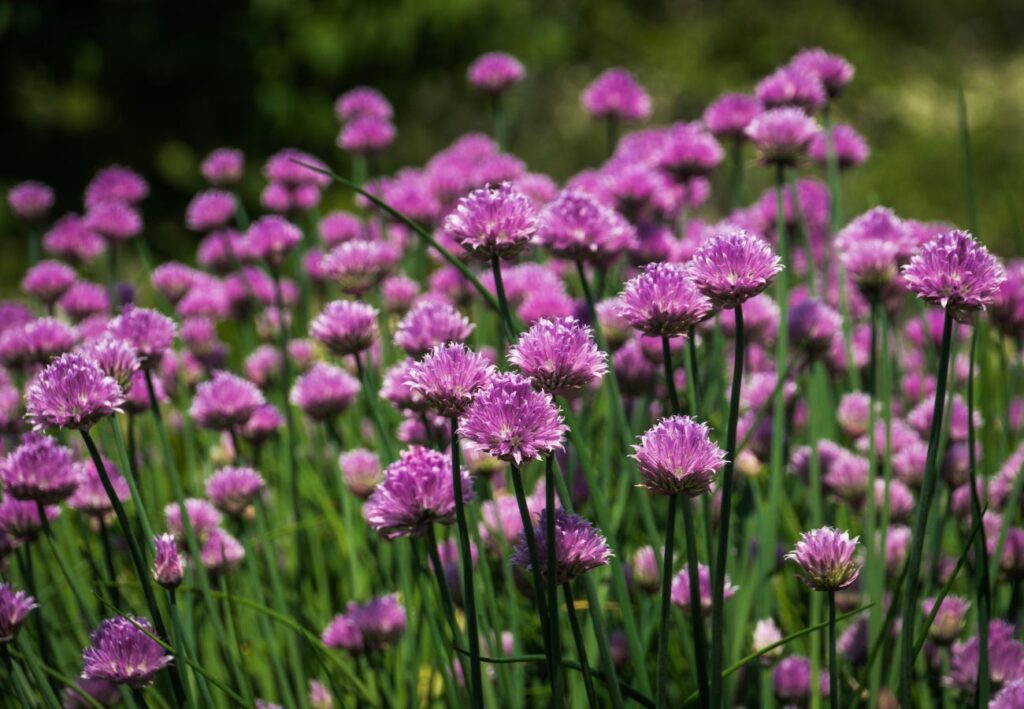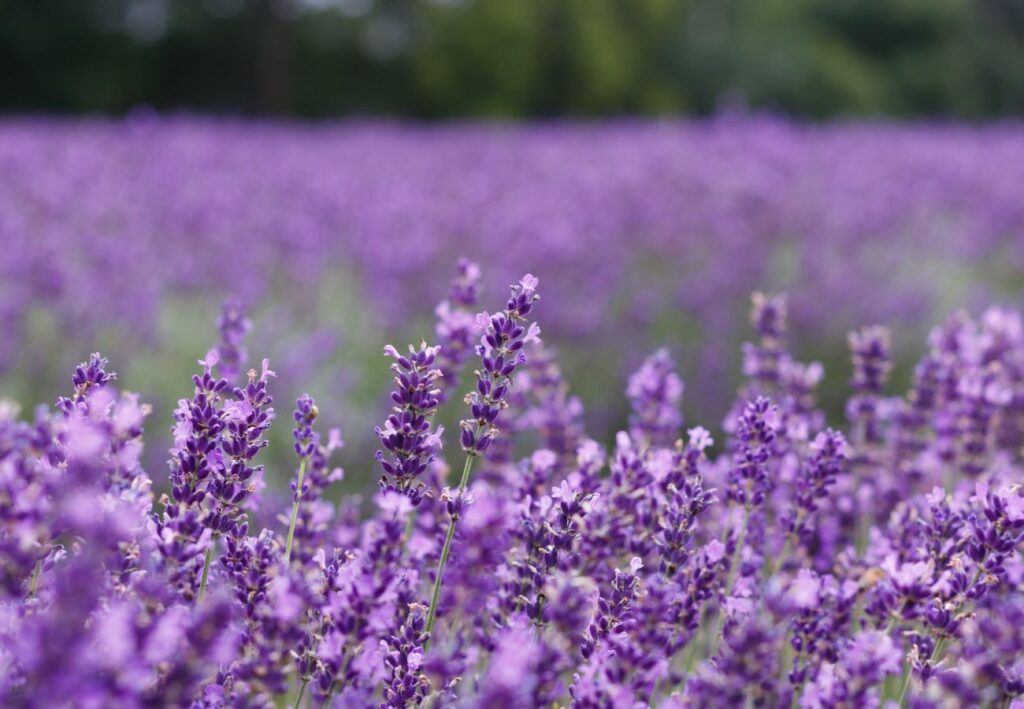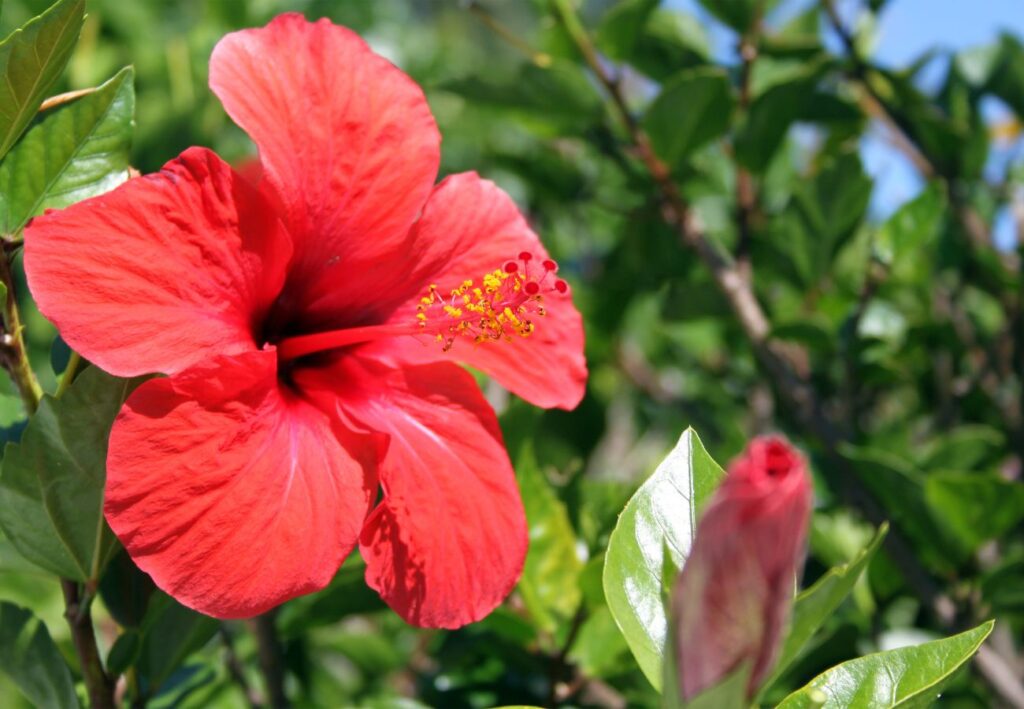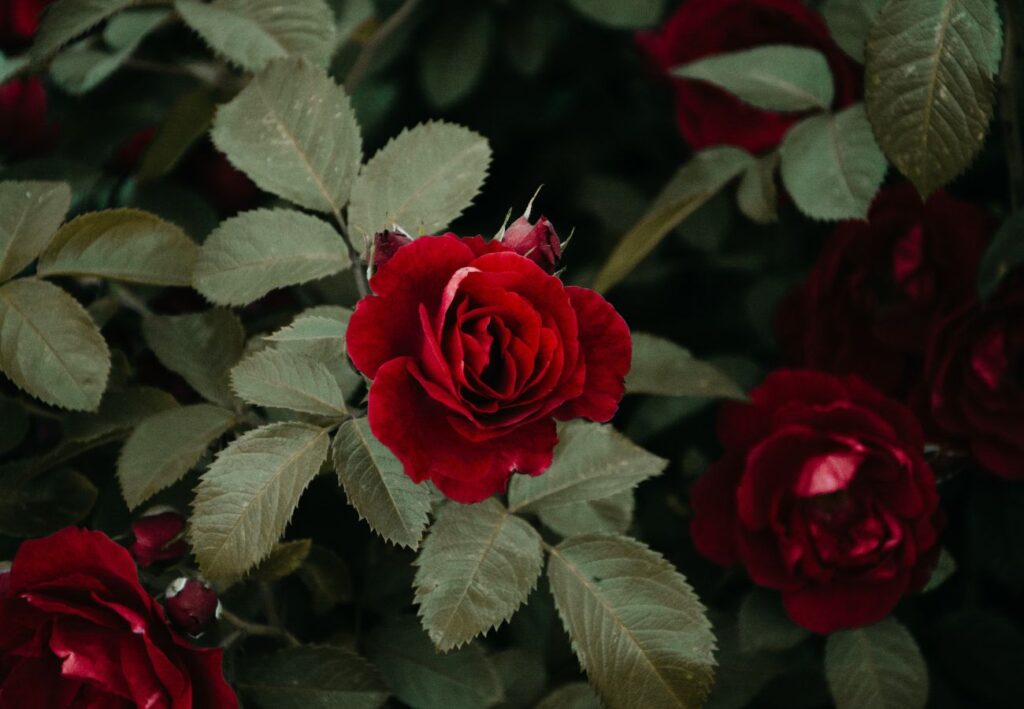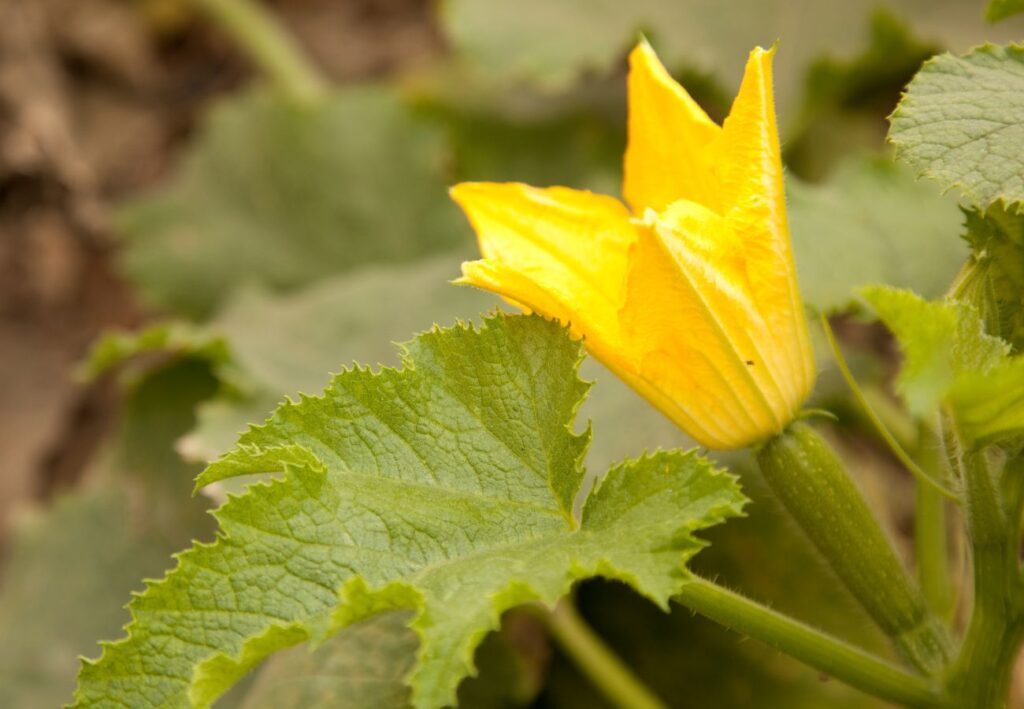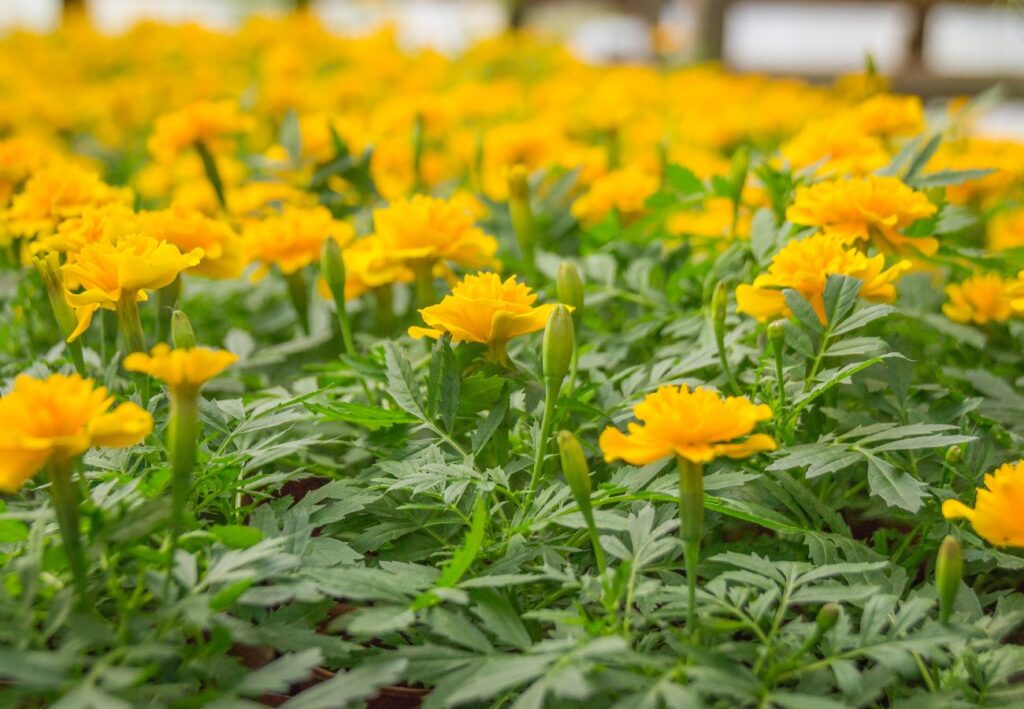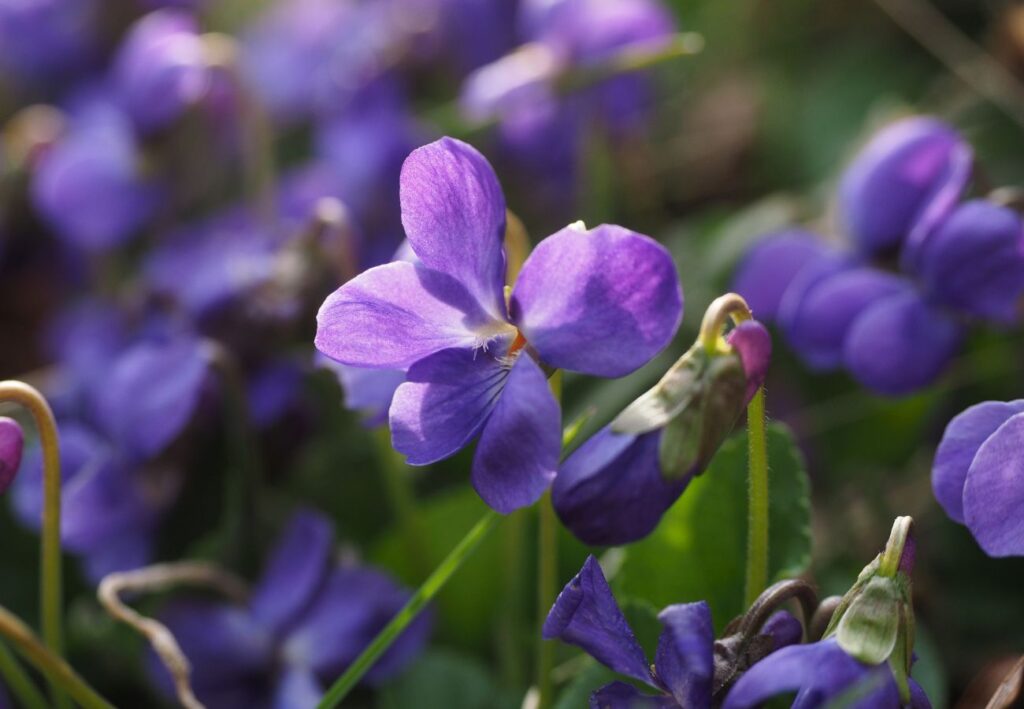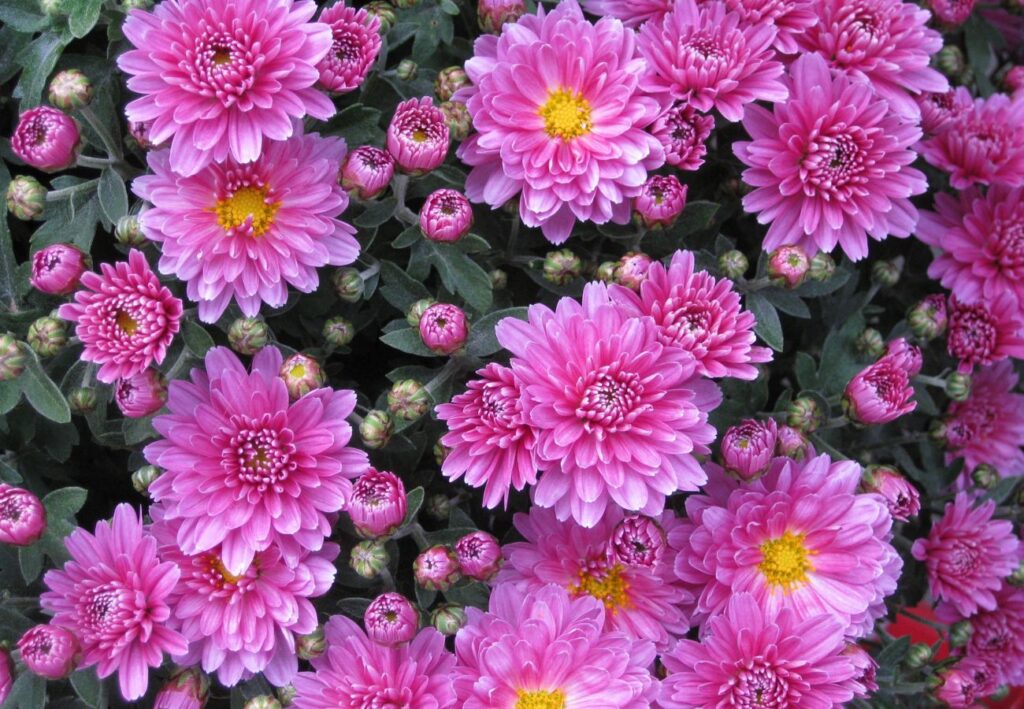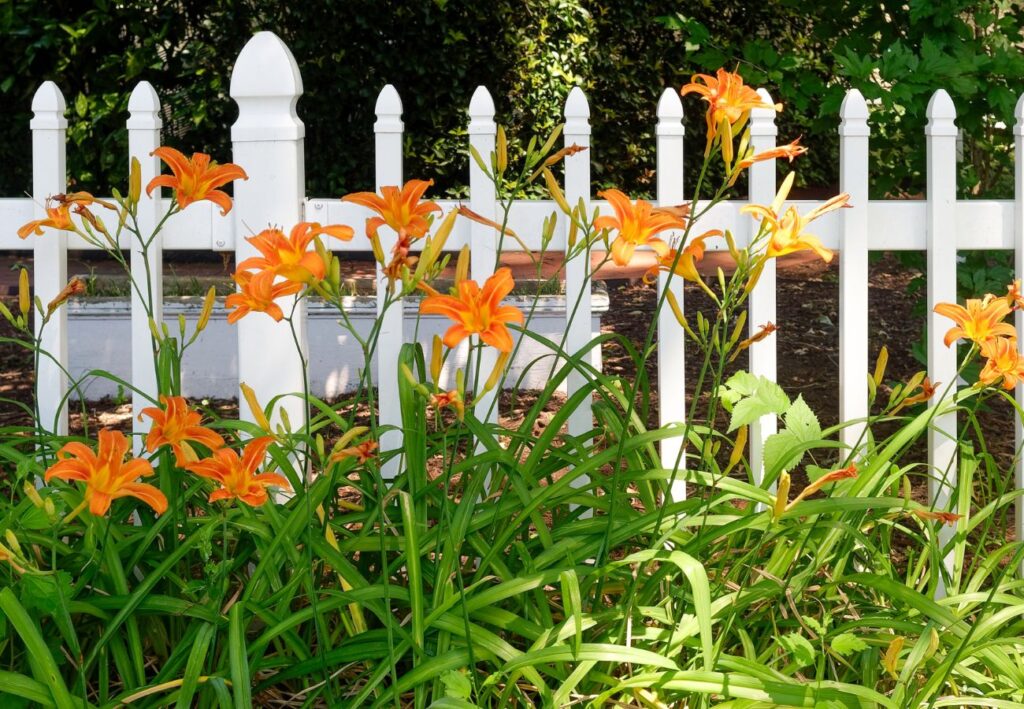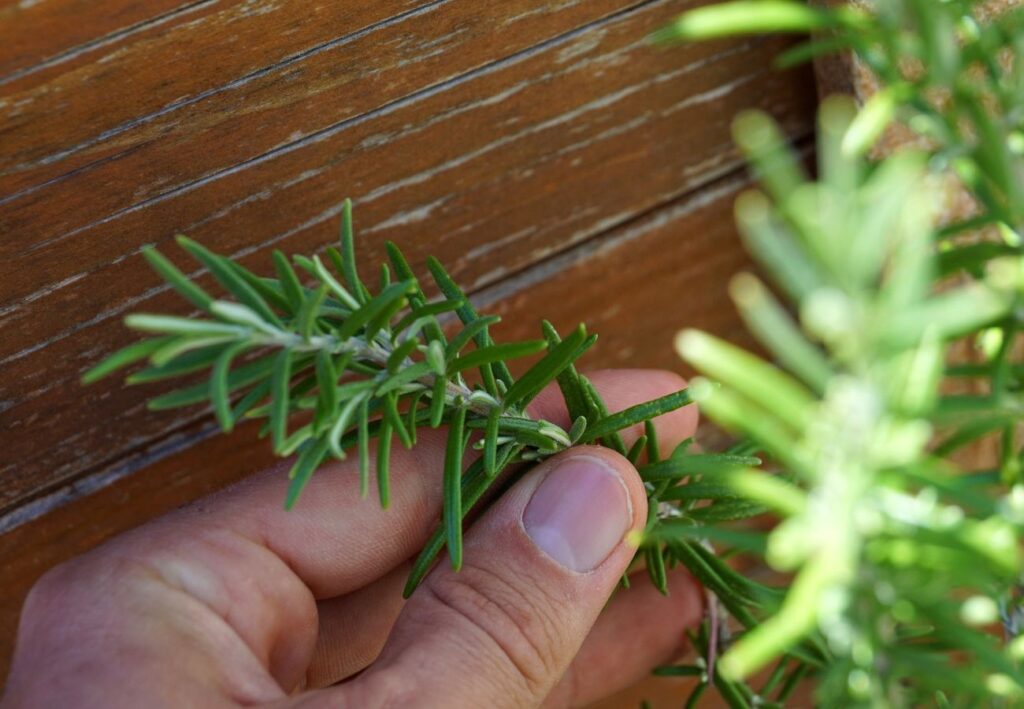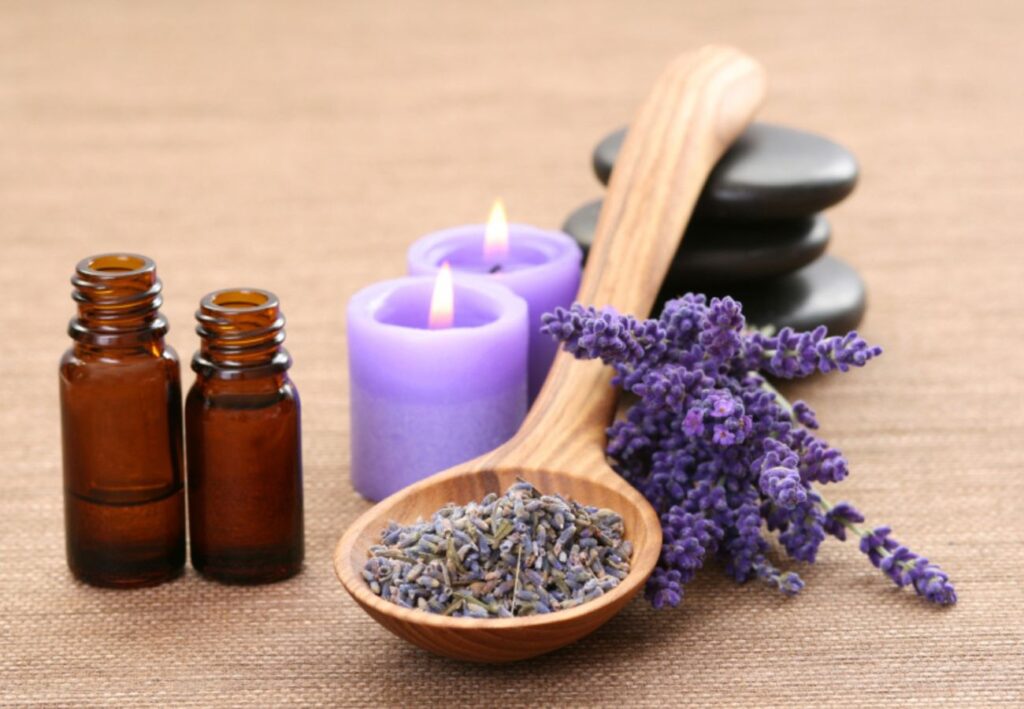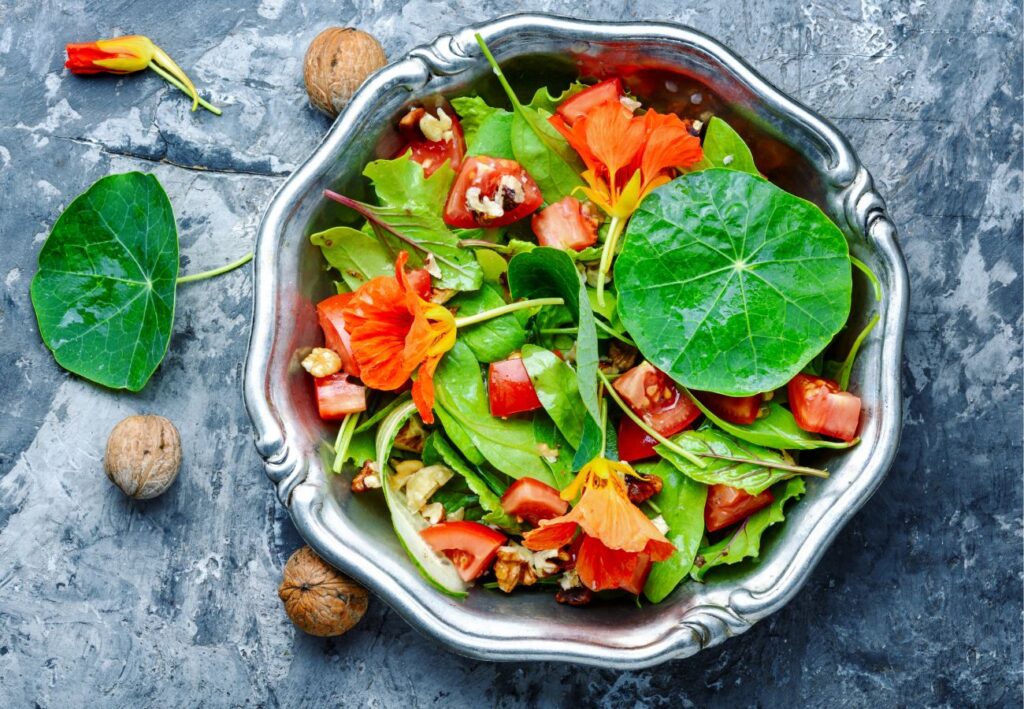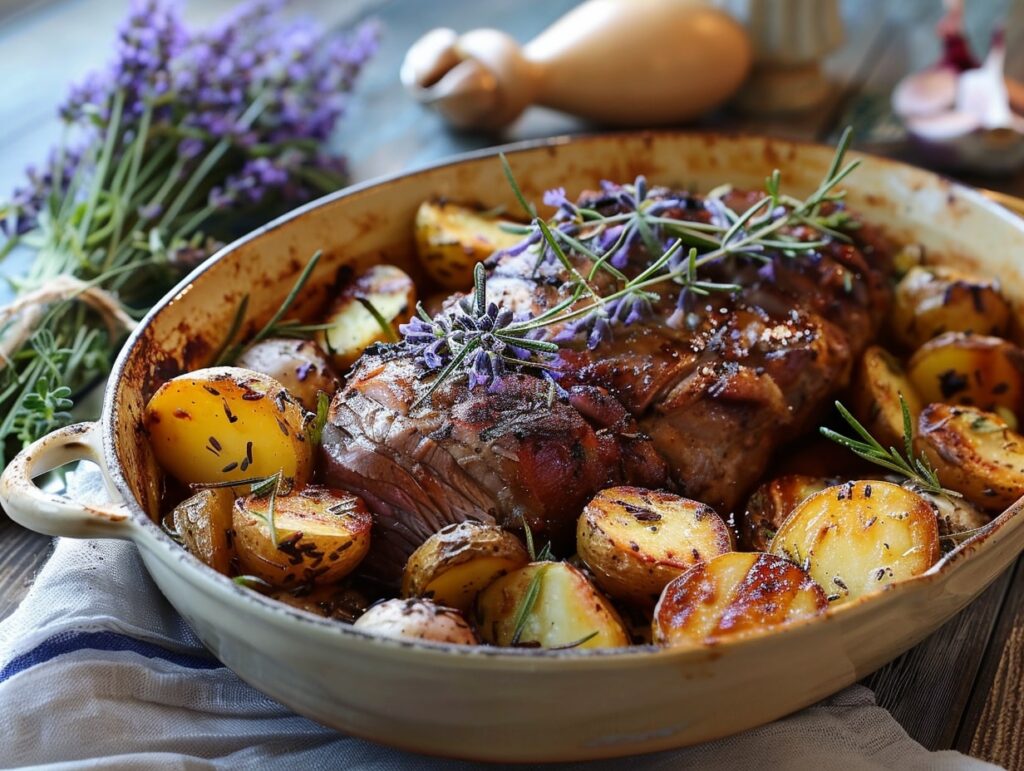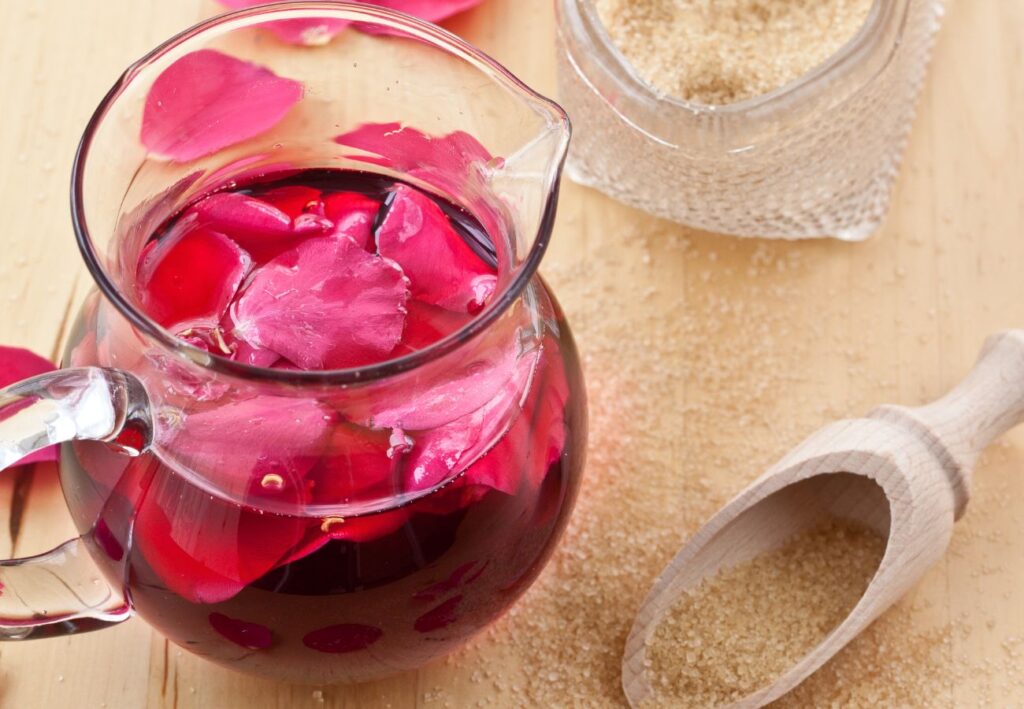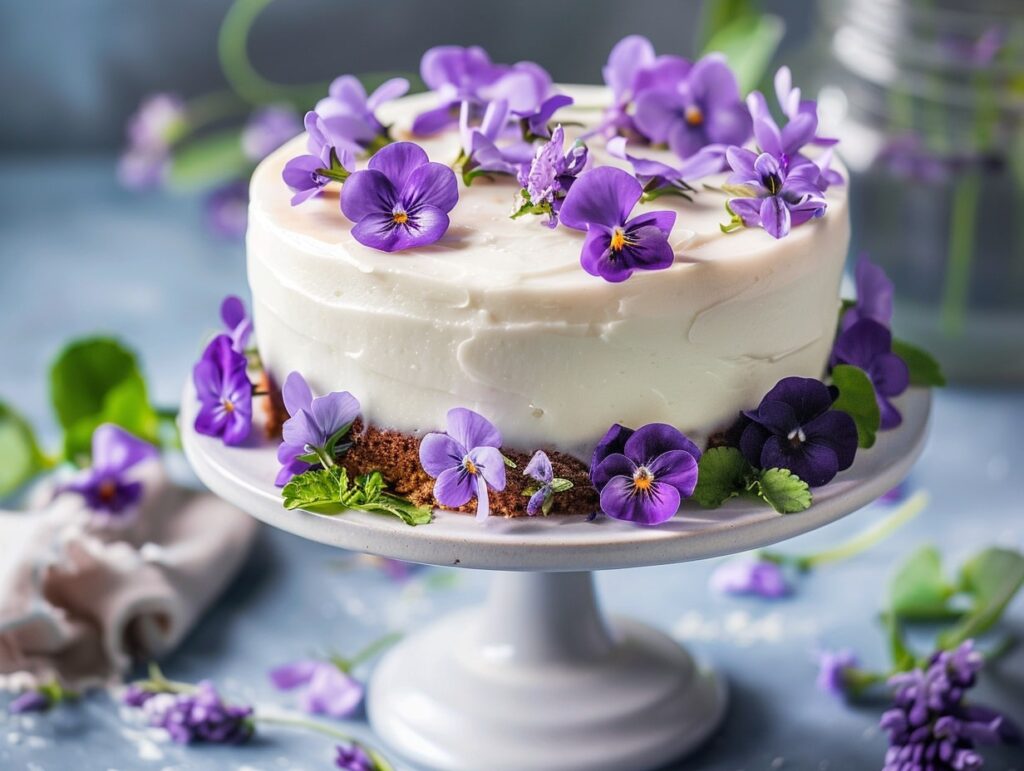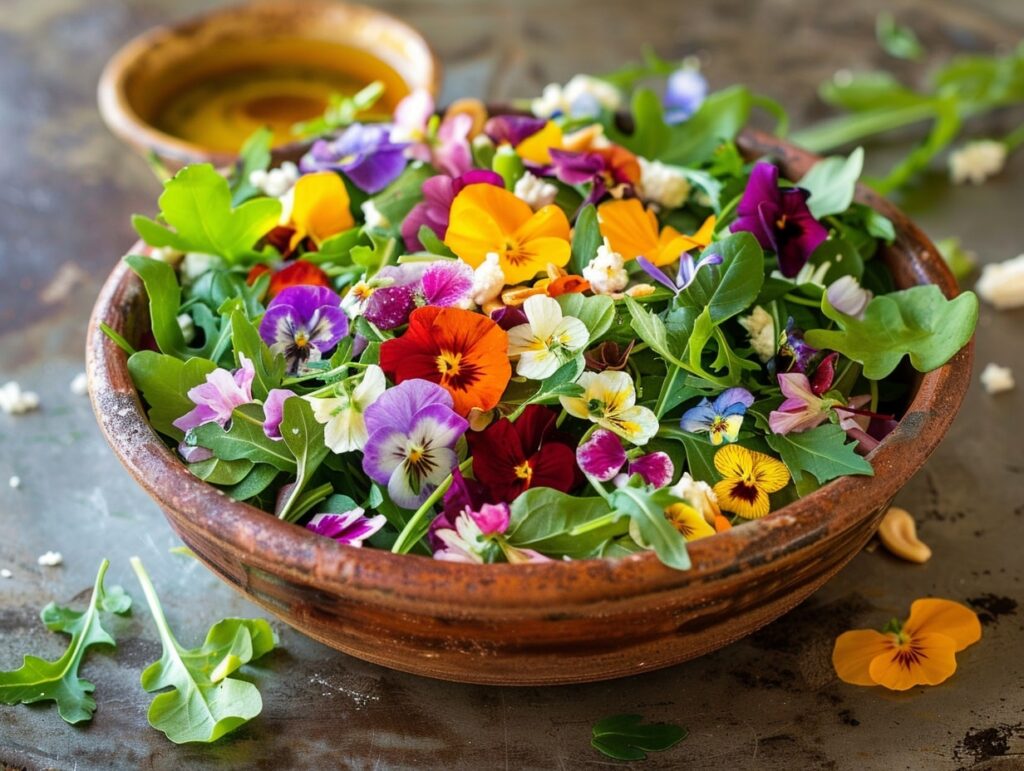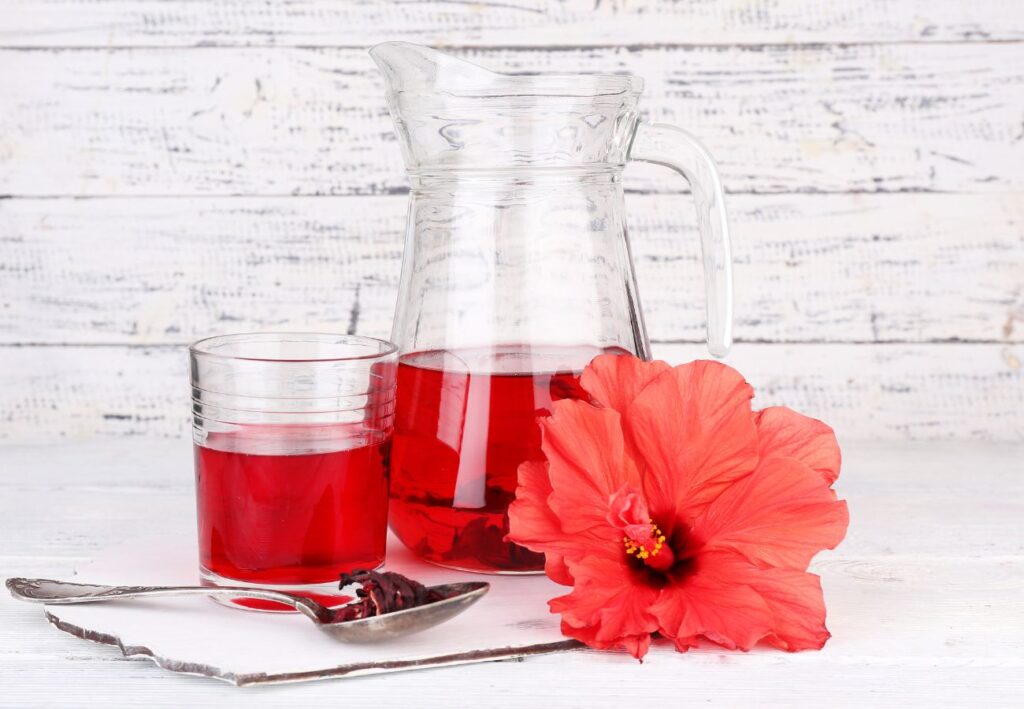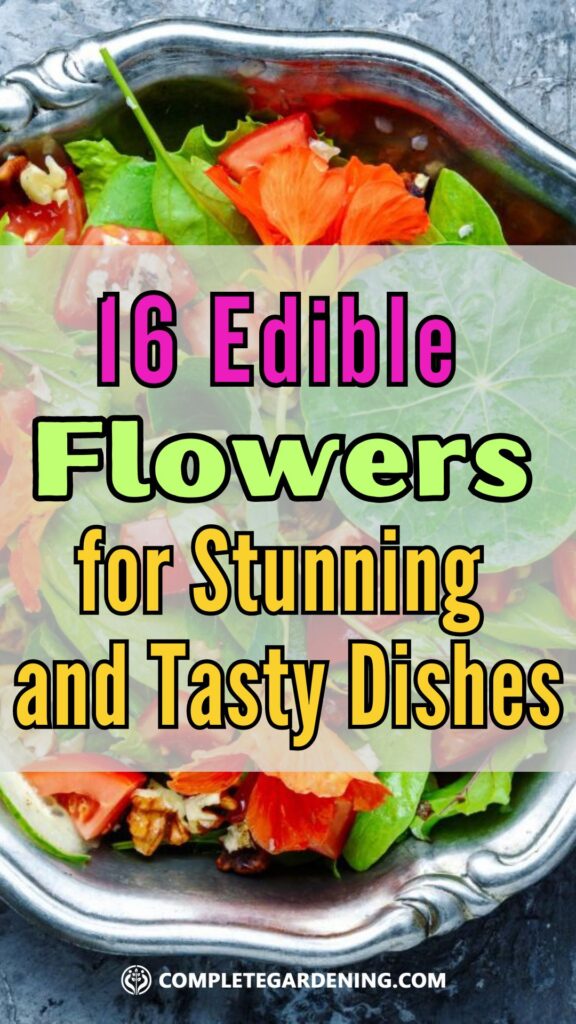Are you tired of serving the same old dishes and looking for a way to truly wow your guests? Imagine turning your everyday meals into extraordinary culinary adventures with a splash of edible flowers.
These vibrant petals do more than add color—they infuse your dishes with unique flavors that will surprise and delight.
Think about the moment your guests’ eyes light up at the sight of a salad sprinkled with bright nasturtiums or a dessert adorned with delicate lavender blossoms. Each flower offers a distinct taste sensation, from spicy to sweet, transforming your cooking into an art form.
Embrace the transformative power of edible flowers and let your culinary creations shine. Your dishes will not only taste incredible but also captivate the eyes, making every meal an unforgettable experience.
Let’s explore how you can bring this beauty and flavor to your table, leaving a lasting impression on everyone who takes a bite.
Exploring the World of Edible Flowers
Safety First: Edible vs. Poisonous Flowers
When it comes to edible flowers, safety is paramount. Not all flowers that look appealing are safe to eat, and some can be highly toxic. Make sure to correctly identify the flower and confirm it is edible before consumption.
List of Common Edible Flowers:
- Marigolds
- Pansies
- Lavender
On the other hand, flowers like lily of the valley and foxglove should never be ingested. Stick to flowers that are known to be safe and free from pesticides.
Here are 15 edible flowers that will enhance your culinary creations with their beauty and flavor.
1. Nasturtiums (Tropaeolum majus)
Nasturtiums are vibrant and peppery, adding a spicy kick to salads, soups, and garnishes. Both the leaves and flowers are edible, making them a versatile addition to any dish.
2. Pansies (Viola tricolor)
Pansies come in a variety of colors and have a mild, slightly grassy flavor. They are perfect for decorating cakes, adding to salads, or freezing into ice cubes for a beautiful touch in beverages.
3. Calendula (Calendula officinalis)
Often referred to as “poor man’s saffron,” calendula petals have a slightly bitter, tangy taste. They can be used to make oil, to color and flavor rice dishes, soups, and stews
4. Borage (Borago officinalis)
Borage flowers have a refreshing cucumber-like flavor, making them ideal for summer drinks, salads, and garnishes. Their striking blue color adds a pop of visual interest to any dish.
5. Chive Blossoms (Allium schoenoprasum)
Chive blossoms have a mild onion flavor and can be used in the same way as chive leaves. They are great for sprinkling over salads, soups, and savory dishes.
6. Lavender (Lavandula)
Lavender is well-known for its calming scent, but it also has a sweet, floral flavor that pairs well with both sweet and savory dishes. Use it in baked goods, infused in syrups, or as a flavoring for meats.
7. Hibiscus (Hibiscus sabdariffa)
Hibiscus flowers are tart and tangy, similar to cranberries. They are commonly used in teas, jams, and desserts. Hibiscus can also add a beautiful ruby-red color to beverages and dishes.
8. Rose (Rosa)
Rose petals have a subtle, sweet flavor that can enhance desserts, salads, and beverages. They are often used to make rose water, which is a common ingredient in Middle Eastern cuisine.
9. Squash Blossoms (Cucurbita)
Squash blossoms are delicate and slightly sweet. They can be stuffed with cheese, battered, and fried, or added to pastas and salads for a touch of elegance.
10. Marigolds (Tagetes)
Marigold petals, particularly from the Calendula variety, have a slightly bitter taste and can be used as a colorful garnish for salads, soups, and rice dishes.
11. Violets (Viola odorata)
Violets have a sweet, perfumed flavor and are often used to decorate cakes and pastries. They can also be candied or added to salads for a touch of sweetness.
12. Bee Balm (Monarda)
Bee balm flowers have a flavor reminiscent of oregano and mint. They can be used to flavor teas, salads, and savory dishes, providing a unique herbal note.
13. Chrysanthemums (Chrysanthemum)
Chrysanthemum petals have a slightly bitter taste and are commonly used in Asian cuisine. They can be added to salads, stir-fries, and soups for their vibrant color and distinct flavor.
14. Scented Geraniums (Pelargonium)
Scented geraniums come in a variety of flavors, from lemon to rose to mint. Their petals can be used in desserts, jellies, and teas, adding a fragrant twist to your dishes.
15. Daylilies (Hemerocallis)
Daylilies have a sweet, crunchy flavor and can be used in salads, soups, and stir-fries. Both the buds and the open flowers are edible, making them a versatile ingredient.
16. Rosemary (Salvia rosmarinus)
Rosemary is a fragrant herb known for its robust, pine-like flavor and aroma, making it a versatile addition to various dishes.
In cooking, rosemary’s needle-like leaves are often used fresh or dried to season meats, especially lamb, pork, and chicken, as well as roasted vegetables and potatoes.
How to Choose the Best Flowers for Your Dish
When choosing edible flowers, freshness is key. Look for blooms that are vibrant, not wilted or bruised. Pick them in the morning after dew has evaporated.
Flavor matters too. Different flowers offer distinct tastes:
- Nasturtiums: Peppery and slightly spicy.
- Pansies: Mild and slightly sweet.
- Calendulas: Tangy and peppery.
Avoid flowers treated with pesticides. If you’re sourcing from your garden, ensure it’s organic. Farmers’ markets can also be a great source.
Cleaning and Storing Edible Flowers
Rinse flowers gently in cold water to remove any dirt or bugs. Pat them dry with a soft cloth or paper towel.
To store, place flowers between damp paper towels and seal them in an airtight container. Refrigerate them, and use within a few days for the best flavor and freshness.
For longer storage, freeze petals in ice cubes. This not only maintains their integrity but makes a beautiful garnish for drinks.
Remember, always remove pistils and stamens to avoid bitterness and allergens. Enjoy your edible flowers in salads, desserts, or even cocktails.
Top Edible Flowers to Enhance Your Meals
Introducing edible flowers to your dishes is an easy way to add vibrant color, unique flavors, and a touch of elegance. Here are some top picks to consider, each with its own special characteristics that can transform your culinary creations.
Nasturtium: Peppery Perfection
Nasturtium flowers offer a peppery, slightly spicy flavor that pairs well with salads, appetizers, and garnishes. The bright orange, red, and yellow petals add a splash of color to any dish. These flowers are rich in vitamin C and can be used whole or chopped.
Their leaves are also edible and have a similar taste, making them a versatile option for your kitchen. Consider adding nasturtiums to dishes where you want a hint of spice and visual appeal. They’re particularly great in fresh garden salads or as an unexpected twist in pesto.
Lavender: Fragrant and Soothing
Lavender brings a distinct floral and slightly sweet taste to your dishes. It’s commonly used in desserts like cakes, cookies, and ice creams. The soothing aroma of lavender can also enhance beverages, such as teas and cocktails.
While it’s potent, using it sparingly ensures it won’t overpower your other ingredients. Lavender pairs well with lemon, honey, and berries, providing a beautiful touch to your culinary creations.
Dried or fresh, it can be integrated into various recipes, adding both flavor and fragrance.
Roses: Classic Elegance
Roses are known not just for their beauty but also for their subtle, sweet flavor. Petals can be used to make rose water, jams, or infused into syrups and oils. Their delicate taste works well in desserts, salads, and beverages.
Roses come in various colors, each adding a different aesthetic to your dishes. Always ensure you use petals from edible, non-sprayed varieties. You can also candy rose petals for an elegant garnish to cakes and pastries, enhancing both visual appeal and flavor.
Violas: Mild and Delicate
Violas offer a mild, slightly sweet flavor that’s ideal for salads, baked goods, and as a garnish. Their small size and vibrant colors make them perfect for decorating plates and adding a touch of sophistication to everyday meals.
Violas can be used fresh or crystallized for added texture and sweetness. They pair well with both savory and sweet dishes. Their versatility and subtlety won’t overwhelm other flavors, making them a delightful addition to your culinary repertoire.
Incorporating Edible Flowers in Recipes
Edible flowers can enhance the presentation of your dishes and add unique flavors. Here, we will explore how to incorporate them into salads, main courses, desserts, and drinks.
Salads and Starters
Adding edible flowers to salads not only boosts visual appeal but also introduces interesting flavors and textures. Common choices include nasturtiums, pansies, and violet petals.
Nasturtiums have a peppery taste, perfect for green salads. Mix in with arugula or baby spinach to create intriguing flavor profiles. Pansies and violets offer mild, sweet notes, enhancing fruit salads and cheese plates.
Consider crafting a mixed flower salad. Use a variety of petals, greens, and a simple vinaigrette. Add goat cheese or nuts for extra texture. Keep ingredients fresh and vibrant to match the flowers.
Main Courses
Edible flowers can be used creatively in main dishes. Zucchini blossoms are a popular choice, often stuffed with cheese and herbs, then baked or fried. Serve with a light tomato sauce for an elegant presentation.
Rosemary flowers and chive blossoms complement savory dishes. Rosemary flowers have a slightly bitter taste suited for lamb or chicken. Chive blossoms add a mild garlic flavor, ideal for garnishing soups or roasted vegetables.
When using flowers in cooked dishes, add them at the end to preserve their color and flavor. Experiment with different flowers to find combinations that enhance your recipes, from pasta to grilled meats.
Desserts and Drinks
Desserts and drinks provide a perfect canvas for the delicate flavors of edible flowers. Lavender and rose petals are popular due to their aromatic qualities. Lavender can be infused into syrups, cakes, and cookies, imparting a subtle floral flavor.
Rose petals work beautifully in jams and jellies. They’re also lovely when sugared and used as cake decorations. Hibiscus flowers are perfect for drinks, creating vibrant, tangy teas and cocktails.
For an elegant dessert, try making floral ice cubes with flowers like violets or borage. These add a decorative touch to summer drinks. Remember, edible flowers should be thoroughly washed and free from pesticides before use.
Incorporating edible flowers into your cooking can elevate your dishes both visually and gastronomically.
Whether you’re adding a sprinkle of chive blossoms to your salad or infusing your desserts with the sweet scent of violets, edible flowers offer a delightful way to experiment with new flavors and presentations.
So, the next time you’re looking to impress your guests or simply add a touch of elegance to your meals, consider these 15 edible flowers as your secret ingredient.



